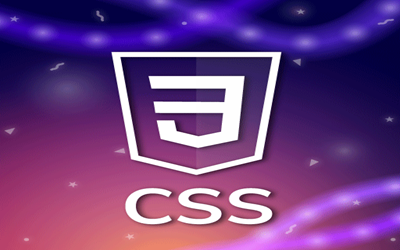Tailwind CSS
Tailwind CSS is a unique CSS framework that focuses on utility classes instead of pre-built components. Unlike Bootstrap or Materialize, it doesn't provide styled elements like buttons or menus. Instead, it offers a large collection of small, atomic classes for styling things like layout, spacing, typography, and more. You combine these classes directly in your HTML to achieve the desired design. This approach gives you a lot of flexibility and control over the look of your website, while still promoting code maintainability and reusability.
English
Last updated
Sat, 25-May-2024










